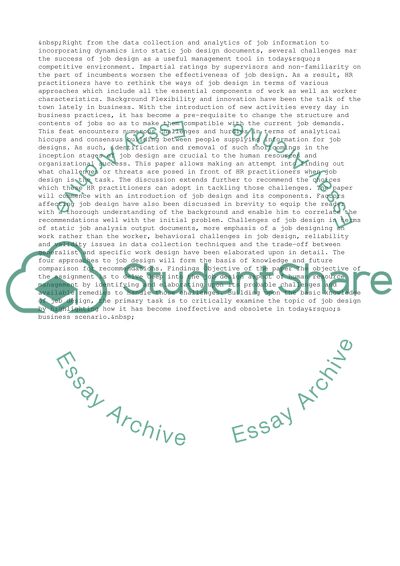Cite this document
(“Managing Job Design and Flexibility Essay Example | Topics and Well Written Essays - 1250 words”, n.d.)
Retrieved from https://studentshare.org/management/1412590-hr1004c-people-management-challenges-and-choices
Retrieved from https://studentshare.org/management/1412590-hr1004c-people-management-challenges-and-choices
(Managing Job Design and Flexibility Essay Example | Topics and Well Written Essays - 1250 Words)
https://studentshare.org/management/1412590-hr1004c-people-management-challenges-and-choices.
https://studentshare.org/management/1412590-hr1004c-people-management-challenges-and-choices.
“Managing Job Design and Flexibility Essay Example | Topics and Well Written Essays - 1250 Words”, n.d. https://studentshare.org/management/1412590-hr1004c-people-management-challenges-and-choices.


